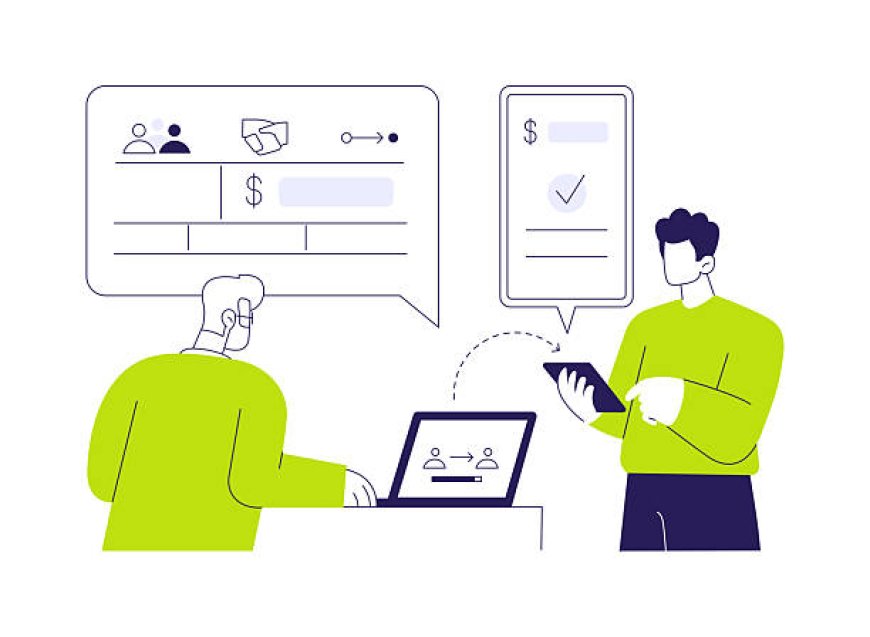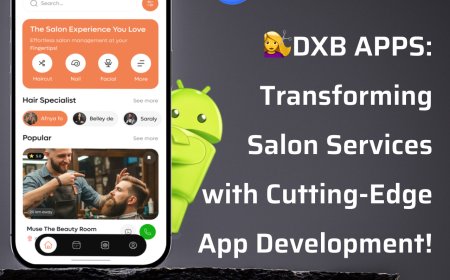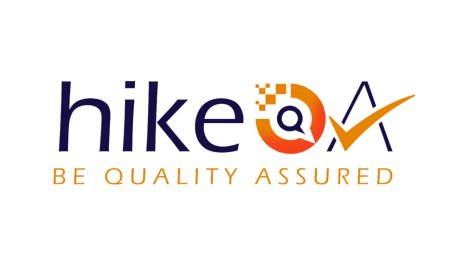Top Mobile App Development Strategies That Deliver Results
Discover the most effective mobile app development strategies that drive real results. This comprehensive guide covers research, design, development, testing, marketing, and post-launch growth to ensure your app succeeds in today’s competitive market.

Mobile apps have become essential rather than just a luxury. Whether it's a fitness tracker, food delivery, or productivity tool, apps drive engagement and offer immense value. For any mobile app development company in USA, standing out means going beyond coding. Its about building with purpose, precision, and the end-user in mind.
Lets walk through proven strategies that transform ideas into real, results-driven applications.
Understanding the Mobile App Landscape
iOS vs Android Market
Before jumping into development, know your battleground. iOS users typically spend more per app, while Android dominates in terms of user base. Picking your platform impacts not just design, but also monetization strategies.
User Behavior and Expectations
Users crave speed, convenience, and clarity. If an app crashes or confuses them, they're gone in seconds. Understanding what users desire, whether it's related to the interface or performance, is essential for successfully guiding your project.
Emerging Technologies and Trends
AI, AR, voice tech, and 5G are transforming mobile experiences. Incorporating the latest trends is not just about being flashy; it's about remaining relevant.
Laying the Groundwork: Market Research & User Insights
Identifying Target Audience
Who are you building for? Teen gamers? Busy moms? Entrepreneurs? Nail down demographics, behaviors, and pain points before writing a single line of code.
Competitive Analysis
Peep into competitors apps. What are they doing right? Where do users complain? Learn from others mistakes and wins.
Validating the App Idea
Dont skip this. Survey your audience, run polls, or release a landing page. Validation saves time, money, and frustration.
Strategic Planning and Goal Setting
Defining Core Features and Functionalities
More features dont mean more value. Focus on what solves the core problem. Everything else is bonusnot the backbone.
Monetization Models That Work
Ads? In-app purchases? Subscriptions? Choose one that aligns with your user base and app type. Think long-term, not just fast cash.
Creating a Development Roadmap
Plot your journey from concept to launch. A clear roadmap keeps teams on track, investors informed, and goals realistic.
Choosing the Right Development Approach
Native vs Hybrid vs Cross-Platform
Native apps perform best but are costlier. Hybrid is budget-friendly but may lack fluidity. Cross-platform offers balance. Choose wisely based on priorities.
Leveraging Low-Code/No-Code Tools
Startups on a tight budget? Low-code platforms help launch MVPs quickly. Just know their limits for scaling and customization.
UX/UI Design Best Practices
Simplicity and Intuitiveness
Dont make users think. All taps, swipes, and button presses should feel intuitive and natural. Great design isnt noticedit just works.
Responsive and Adaptive Layouts
Whether it's a tablet or a tiny phone screen, your app must look and function flawlessly. Design for flexibility.
Accessibility Considerations
Design for everyonecolorblind, visually impaired, or with motor challenges. Inclusivity isnt optional anymore.
Agile Development Process
Sprint Planning and Iteration
Break the build into sprints. Each iteration brings new features and improvements, making the process adaptive and feedback-driven.
Continuous Integration and Deployment
Automate testing and deployment. It reduces bugs, accelerates delivery, and keeps your app reliable.
Bug Tracking and Fixing
Track issues in real-time. Use tools like Jira or Trello. The faster the fix, the happier the user.
Testing and Quality Assurance
Types of App Testing
Go beyond functional testing. Test for performance, UI/UX, security, and even battery consumption.
Tools for Automated Testing
Frameworks like Appium and Espresso help test across devices efficiently. Use them early and often.
Beta Testing with Real Users
Before the big launch, give access to a select group. Their feedback can reveal blind spots and opportunities.
Deployment and App Store Optimization (ASO)
Preparing for App Store Submission
Follow the guidelines. One misstep and your app could be rejected. Triple-check everything.
Crafting a Winning App Description
Use persuasive language, emphasize the benefits, and incorporate keywords naturally. Make people want to download.
App Store Reviews and Ratings Management
Encourage happy users to leave reviews. Respond to complaints promptly. Ratings mattera lot.
Post-Launch Support and Maintenance
Bug Fixes and Security Updates
Tech evolves fast. Regular updates keep your app secure, smooth, and in users' good graces.
Enhancements Based on User Feedback
Listen, adapt, and evolve. Feature requests and feedback are gold mines for growth.
Performance Monitoring Tools
Use analytics tools to track crashes, load times, and user behavior. Dont fly blind.
Marketing Strategies for App Success
Pre-Launch Buzz and Teasers
Build hype early. Share sneak peeks, teasers, and countdowns. Anticipation boosts downloads.
Social Media & Influencer Marketing
Team up with influencers in your niche. Their word goes a long way with your audience.
Paid Advertising and Promotions
Targeted ads can bring in quality users. Measure ROI and optimize constantly.
Measuring Success with Analytics
KPIs and Metrics That Matter
Look beyond downloads. Monitor retention, session length, churn, and LTV (lifetime value).
Using Analytics to Drive Improvements
Data reveals whats working and whats not. Let it guide your decisions, not just gut feeling.
Scaling and Evolving the App
Introducing New Features
Roll out new features strategically. Test first, then launch wide.
Expanding to New Markets
Translate your app, understand local behaviors, and tap into global opportunities.
Partnering with Other Platforms
Integrate with tools your users already love. It increases stickiness and utility.
Common Mistakes to Avoid
Overcomplicating the App
Keep it simple. If users can't grasp the core function quickly, they wont stick around.
Ignoring User Feedback
Your users are your compass. Ignoring them leads to dead ends.
Underestimating Time and Budget
Always plan for delays and extra costs. Surprises are inevitable in app development.
Conclusion
Success in app development isn't accidental. Its strategic, intentional, and user-focused. With the right game plan, tools, and mindset, your app can rise above the noise. Whether youre a startup or an iphone app development company, applying these strategies can lead to real, measurable results.
Frequently Ask Questions
1. What is the most important phase in app development?
Ans: Strategic planning and user researchbecause they shape every other decision down the line.
2. How long does it take to develop a mobile application?
Ans: Anywhere from 3 months to over a year, depending on complexity and resources.
3. Do I need a different strategy for Android and iOS?
Ans: Yes. User behaviors, store requirements, and design guidelines differ.
4. How do I monetize my mobile app effectively?
Ans: It depends on your audience. Try freemium, ads, subscriptions, or in-app purchaseswhichever best suits your app type.
5. What is the best way to maintain a mobile app?
Ans: Regular updates, performance monitoring, and listening to user feedback are essential for long-term success.







































